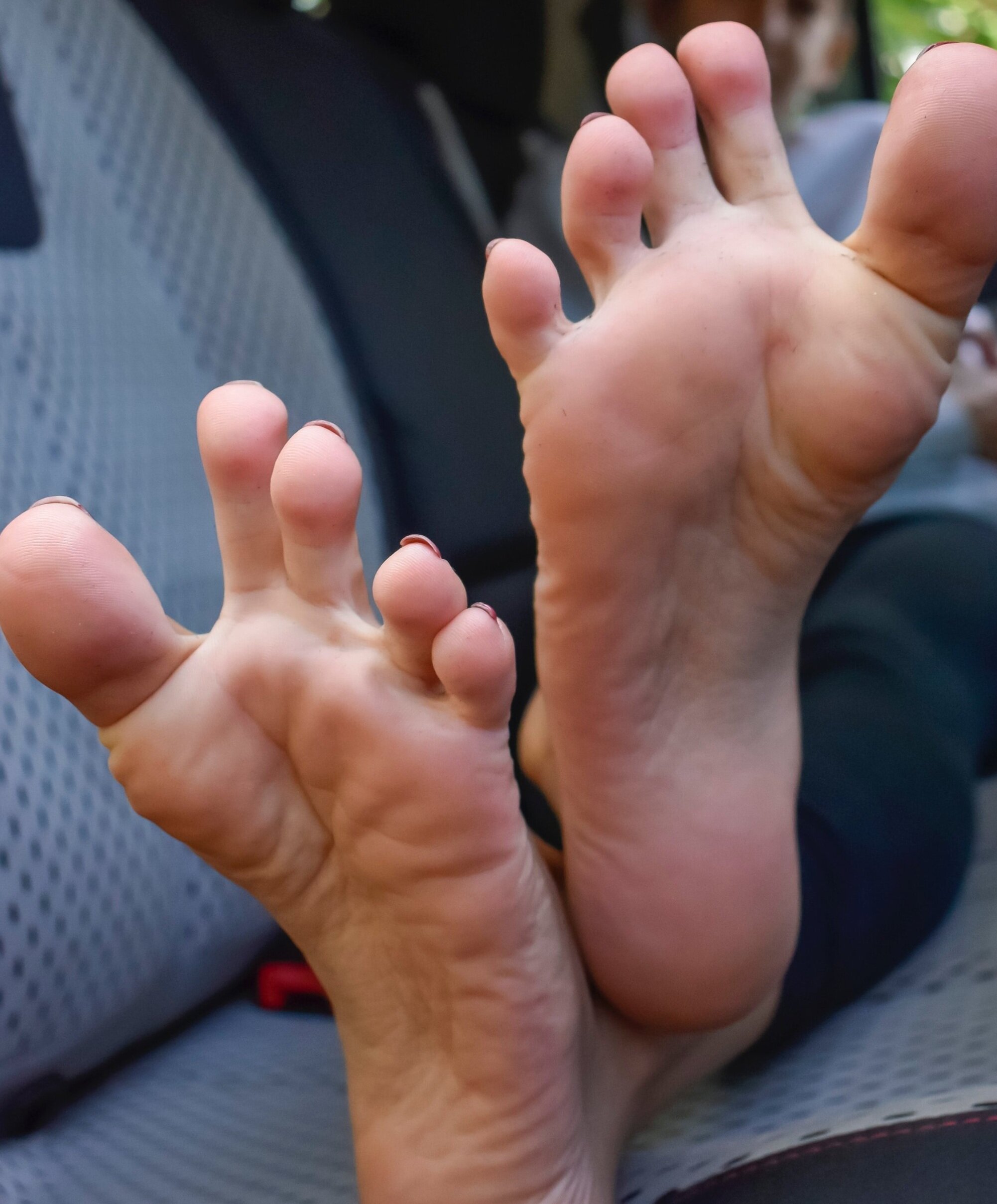Some people have the misfortune of dealing with heel pain. Usually, this means taking that first step out of bed in the morning feels like walking on coals or stepping on a tack. These feelings tend to subside through the day, but other people suffer from pain that progresses through the day.
Why is this pain an issue for 1 in 10 people?
Your foot is made up of a tough layer of connective tissue called the plantar fascia that runs from your heel bone along the bottom of the foot to support your arch. This ligament is one of the strongest in the body.
The plantar fascia can become inflamed and painful causing a condition called plantar fasciitis. Plantar fasciitis is one of the most common causes of foot and heel pain for adults. Classic symptoms include severe heel pain (usually first thing in the morning) but can include pain along the bottom of the foot through the arch.
Nearly everyone knows someone who is or has suffered from plantar fasciitis. Some jobs can even lend to workers being more prone to the condition like those that require more standing for long periods or increased walking. Other contributors to the condition include weight gain, changes in activity levels, lack of flexibility in the calf or the flattening of arches over time (which is the primary reason for the condition). As your arch drops, the fascia can tear away from the insertion at your heel. Tearing of the fascia can overcome your body’s ability to repair itself.
How do you get rid of this condition?
Most podiatrists recommend two treatment modalities:
1. Decrease Inflammation
Some podiatrists recommend steroid injections to help calm down inflammation, but other options that are less painful and less invasive are available.
Specialized tapings to relieve stress on the fascia can help alleviate some symptoms and stabilize the area so that healing can begin. MLS laser therapy can also kick start your body’s ability to repair tearing damage to the fascia, calm down inflammation, and relieve pain to the area while your body heals. Plantar fasciitis patients who use laser therapy while treating this condition heal 30-40% faster than patients who pursue tapings only.
2. Address the condition’s cause
Remember those specialized tapings we just mentioned? They also help to mimic support that an orthotic would give to relieve stress on the fascia. Depending on how you respond to tapings, your podiatrist may recommend prefabricated orthotics or custom orthotics to help ensure your body is performing at it’s best.
Your podiatrist may also recommend stretching exercises to help manage the condition, however, these should ONLY be performed when recommended by your podiatrist as doing these exercises to soon may cause more harm than good by keeping already injured fascia from repairing properly.
